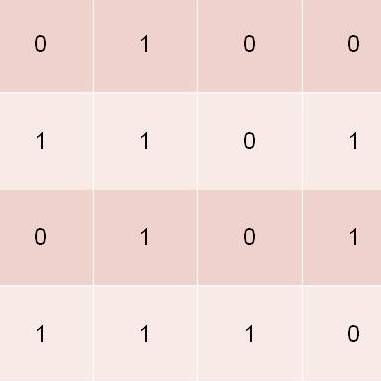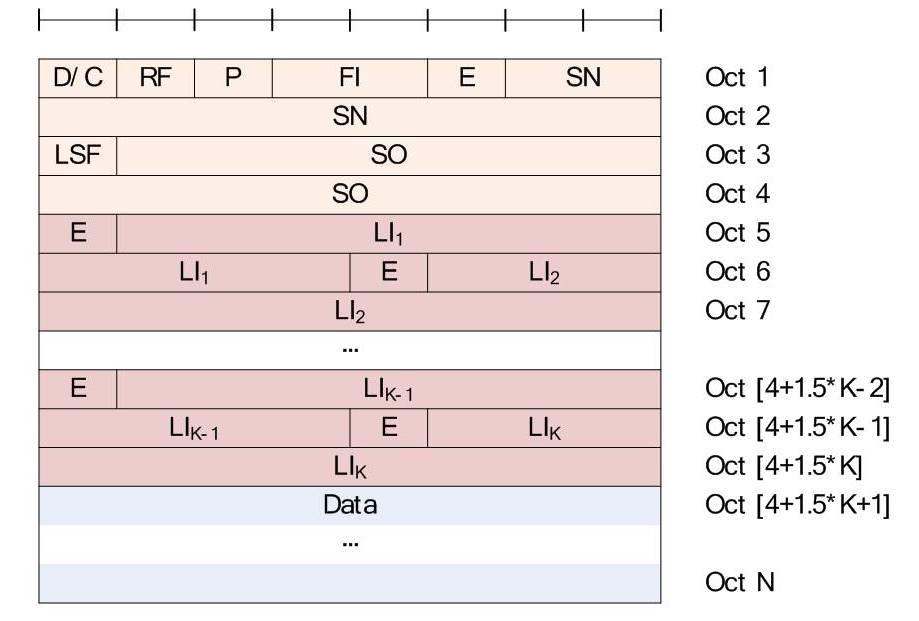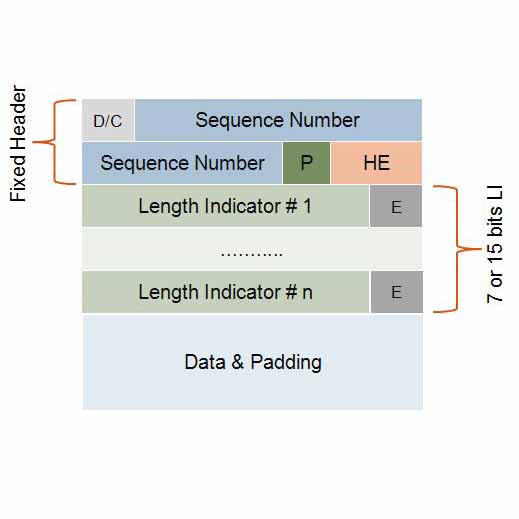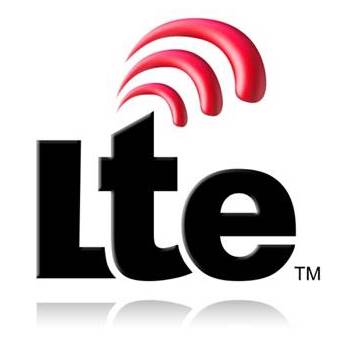
LTE RLC TMD PDU Encoding
LTE TMD PDU Encoding is described with a simple example.


LTE TMD PDU Encoding is described with a simple example.

In this tutorial the basic of LTE RLC PDU structure is discussed. The detail encoding of RLC PDUs will be discussed in the upcoming tutorials.
PDU Structure of TM, UM and AM Data and Control PDUs are described.

Flexible RLC PDU Size was interdicted in Release 7 in order to decrease RLC protocol overhead and to avoid sequence number stalling
Flexible RLC is used with MAC-ehs in Release 7. Mac-ehs is a new feature interdicted in Release 7 to increase the downlink throughput.

UMTS-RLCDecoder is small but powerful tool for decoding RLC header information both for Acknowledged Mode RLC PDUs and Unacknowledged Mode RLC PDUs.
It Can decode the following

LTE stands for Long Term Evolution. The LTE project was initiated in November 2004 and the focus was on enhancing the Universal Terrestrial Radio Access (UTRA) and optimizing the 3GPP’s radio access architecture.
The following areas are covered:

Whenever PLMN has been selected by NAS, the UE shall attempt to camp on the selected cell. This tutorial tells how a particular cell is selected.

High Speed Uplink Packet Access (HSUPA) is introduced in 3GPP Release 6 standards to improve the uplink UE data rate which was significantly low up to Release 5. To improve the uplink data rate some new functionality are added: